Pulsar™ Weather Station
- Columbia Weather Systems - Pulsar
- Fan-aspirated radiation protection
- Heater for extreme cold environments
- Maintenance-free measurement advantage over mechanical sensors
Pulsar Weather Stations combine the convenience of all-in-one configuration with the flexibility of multiple high-accuracy sensor options.
Wind speed and direction utilize ultrasonic technology. All wind models include an electronic, flux-gate compass for auto-align of wind direction. Precipitation can be measured with 24 GHz Doppler radar or tipping bucket.
Features
- Choice of sensor configuration in all-in-one module
- Ultrasonic wind sensor
- Advanced Doppler radar measures precipitation type, intensity
- Ventilated radiation protection
- Accurate and stable measurements
- No moving parts Fast and simple to install
- Low maintenance and one-year warranty
Pulsar Weather Monitoring System Diagram
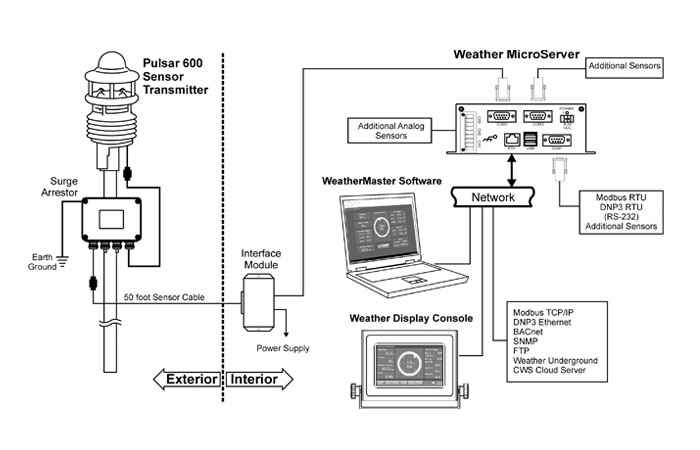
All-in-One Sensor Modules

Model 100: Doppler Radar Precipitation (type, intensity, accumulation)
Model 200: Ultrasonic Wind Speed and Direction
Model 400: Temperature, Humidity, Pressure, Doppler Radar Precipitation
Model 500: Temperature, Humidity, Pressure, Wind Speed and Direction
Model 501: Temperature, Humidity, Pressure, Wind and Solar Radiation (second-class pyranometer)
Model 502: Temperature, Humidity, Pressure, Wind and Solar Radiation
Model 600: Temperature, Humidity, Pressure, Wind and Doppler Radar Precipitation
Model 601: Temperature, Humidity, Pressure, Wind, Tipping Bucket Precipitation, and optional Leaf Wetness
Model 700: Solar Radiation, Doppler Radar Precipitation, Temperature, Humidity, Pressure, Wind Speed and Direction
Model 800: Lightning Detection, Solar Radiation, Doppler Radar Precipitation, Temperature, Humidity, Pressure, Wind Speed, and Direction
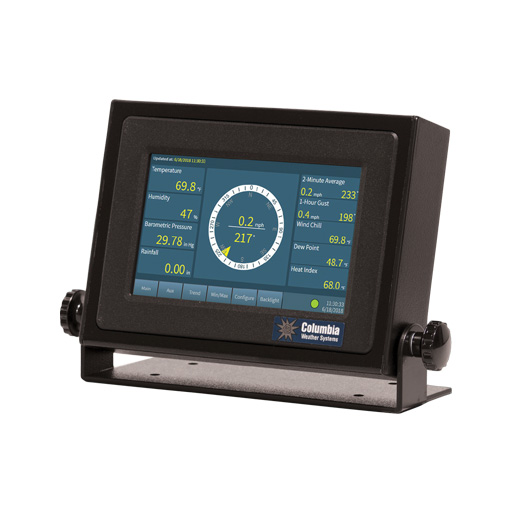
“Intelligent” touch-screen technology incorporates a programmable microprocessor and abundant memory to display weather information, perform complex computations, and store data.
- Seven-inch, TFT color LCD panel with 800 x 480 pixels resolution
- Connect directly to the weather station with a serial port or to the Weather MicroServer utilizing existing Ethernet
- Three mounting options: Desktop/Wall-Mount, Panel Mount/Flush Mount, 19’’ Rack Mount
Weather MicroServer™

A self-contained, proprietary weather computer utilizing an embedded Linux operating system.
- “Internet-ready” weather monitoring with FTP output, XML, and Internet browser user interface
- Industrial communication protocols (SNMP, Modbus, DNP3, BACnet)
- Datalogging capability Two serial ports offer an interface to the Weather
Display Console and additional sensors such as visibility and ultrasonic wind sensors.
The Weather MicroServer can provide real-time weather data to WeatherMaster Software and Display Console over the network.
This allows users to simultaneously monitor the weather using WeatherMaster on any network computer.
Cloud Weather Server™
Free with the Weather MicroServer, this service offersreal-time weather data monitoring on the Internet.
- View display screen remotely from any device using a web browser
- Data uploaded every five seconds
- For one or more weather stations
All monitoring devices can be factory-customized to suit application-specific requirements.
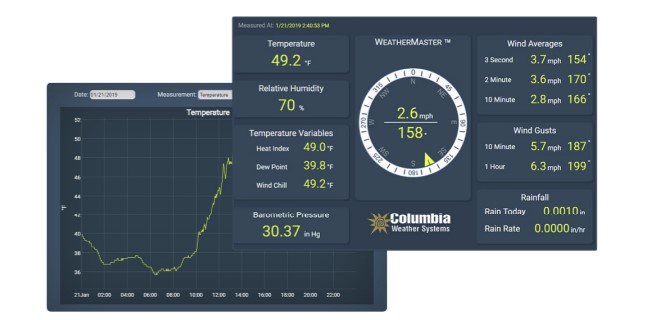
WeatherMaster™ Software
Professional-grade software providing real-time computer weather monitoring with display and automatic logging of all measured and calculated parameters.
– Expandable SQL database to archive measured and calculated parameters
– Graphing and trend display of all parameters
– Alarm notification via computer, email, and/or text
– Multi-station monitoring and data acquisition
– Interface with CAMEO/ALOHA software for plume modeling and evacuation corridor predictions
– Interface with Weather Underground
CWS Weather Monitor App™

Check current conditions quickly from a hand-held mobile device for decision-making in the field. The CWS Weather Monitor App is compatible with all CWS weather stations that include the Weather MicroServer.
The app includes three real-time monitoring screens which display standard meteorological parameters.
Access to a Cloud Weather Server account is required.
4-20 mA Signal Output
For industrial PLC interface, the Orion 420™ offers 4-20mA signal output to interface to PLC, DCS, and SCADA systems.
Specifications
Precipitation Intensity, Type, Quantity (Models 100, 400, 600, 700, 800) Principle: Doppler Radar Precipitation Type: Rain/Snow Measuring Range Drop Size: 0.3 to 5 mm Reproducibility: Typ.>90% Resolution: 0.01mm Precipitation Quantity (Model 601 only) Principle: Tipping Bucket Accuracy: ±2 % Resolution: 0.2mm / 0.5 mm Temperature Range: -50 to +60°C Accuracy: ±0.2°C (0.36°F) (-20° to +50°C) otherwise ±0.5°C (>-30°C) Air Pressure Range: 300 to 1200 hPa Accuracy: ±0.5 hPa (0 to +40°C) Relative Humidity Range: 0 to 100% Accuracy: ±2% Wind Speed Range: 0 to 75 m/sec (601: 0 to 30 m/s) Accuracy: ±0.3 m/s or 3% (0 to 35 m/s),±5% (>35 m/s) Wind Direction Range: 0 to 359.9° Accuracy: < 3° Solar Radiation (Model 501) ISO Classification: Second Class Non-stability (change/year): <1% Non-linearity (0 to 1,000 W/m2): <1% Directional error (at 80°with 1,000W/m2): <20W/m2 Temperature dependence of sensitivity: <5% (-10 to +40°C) Tilt error (at 1,000W/m2): <1% Spectral Range (50% points): 300 to 2,800 nm Maximum irradiance: 1,400 W/m2 Solar Radiation (Model 502, 700, 800) Response time (95%): <1 s Accuracy: 5% Spectral Range (50% points): 300 to 1100 nm Maximum irradiance: 1400 W/m2 |
Parameter Measurements
Wind Speed and Direction. The wind meter uses four ultrasonic sensors which take cyclical measurements in all directions. The resulting wind speed and direction are calculated from the measured run-time sound differential.
Air Temperature and Humidity. Temperature is measured by way of a highly accurate NTC-resistor while humidity is measured using a capacitive humidity sensor. To help mitigate the effects of external influences, these sensors reside in fan-aspirated housing.
Air Pressure. Absolute air pressure is measured with a built-in micro-electro-mechanical sensor (MEMS). The relative air pressure referenced to sea level is calculated using the barometric formula configured with local altitude input by the user.
Precipitation. Models 100, 400, 600, 700, 800 precipitation sensor works with a 24GHz Doppler radar, which measures drop speed and calculates precipitation quantity and type by correlating drop size and speed. Model 601 has a tipping bucket and offers an optional leaf wetness sensor.
Solar Radiation. The Model 501 thermopile sensor construction measures the solar energy that is received from the total solar spectrum and the whole hemisphere(180 degrees field of view). Models 502, 700, and 800 use a silicon photodiode sensor.
Compass. Included on all models with wind measurement, the electronic compass helps orient the module and correlate wind direction automatically.
Lightning Detection. Model 800 only. An integrated sensor analyses the radio wave emission of lightning. It delivers a count of lightning and suppresses man-made electrical discharges with a 5 - 10 km coverage area.
| PULSAR SENSOR MODELS | 800 | 700 | 601 | 600 | 502 | 501 | 500 | 400 | 200 | 100 |
| Temperature | X | X | X | X | X | X | X | X | ||
| Relative Humidity | X | X | X | X | X | X | X | X | ||
| Precipitation Type | X | X | X | X | X | |||||
| Precipitation Intensity | X | X | X | X | X | X | ||||
| Rain Accumulation | X | X | X | X | X | X | ||||
| Air Pressure | X | X | X | X | X | X | X | X | ||
| Wind Direction and Speed | X | X | X | X | X | X | X | X | ||
| Solar Radiation | X | X | X | X | ||||||
| Lightning Detection | X | |||||||||
| Electronic Compass | X | X | X | X | X | X | X | X |
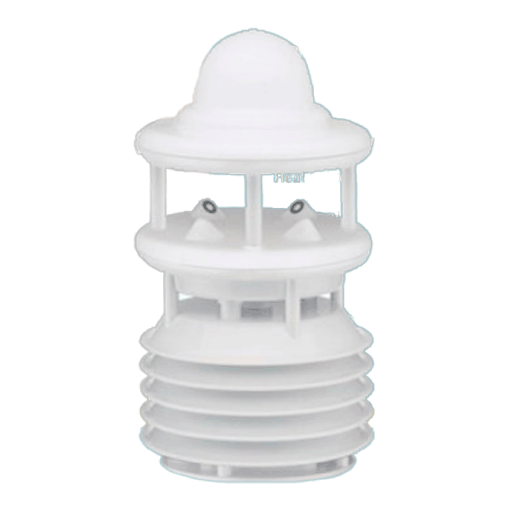

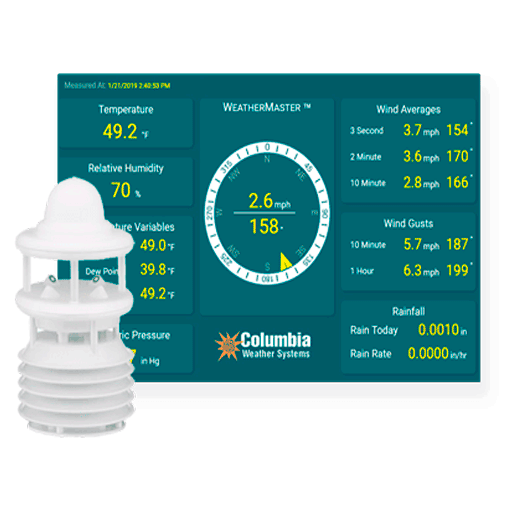



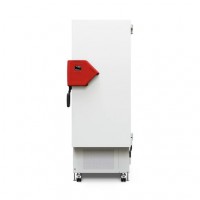
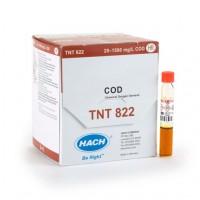

Do you have a question?
min 10 ch